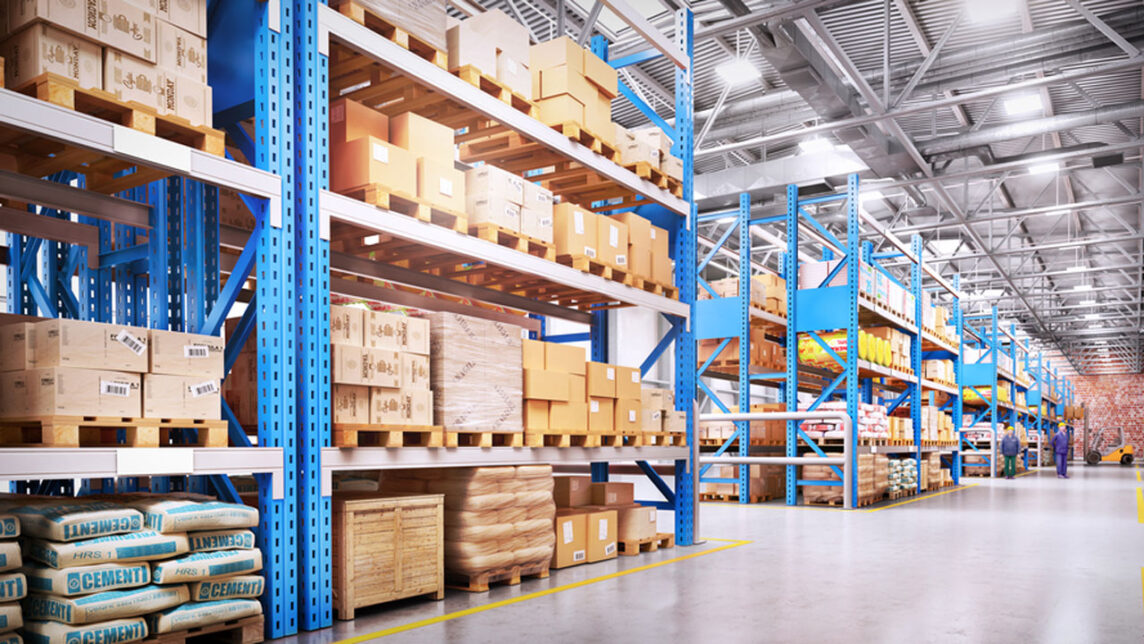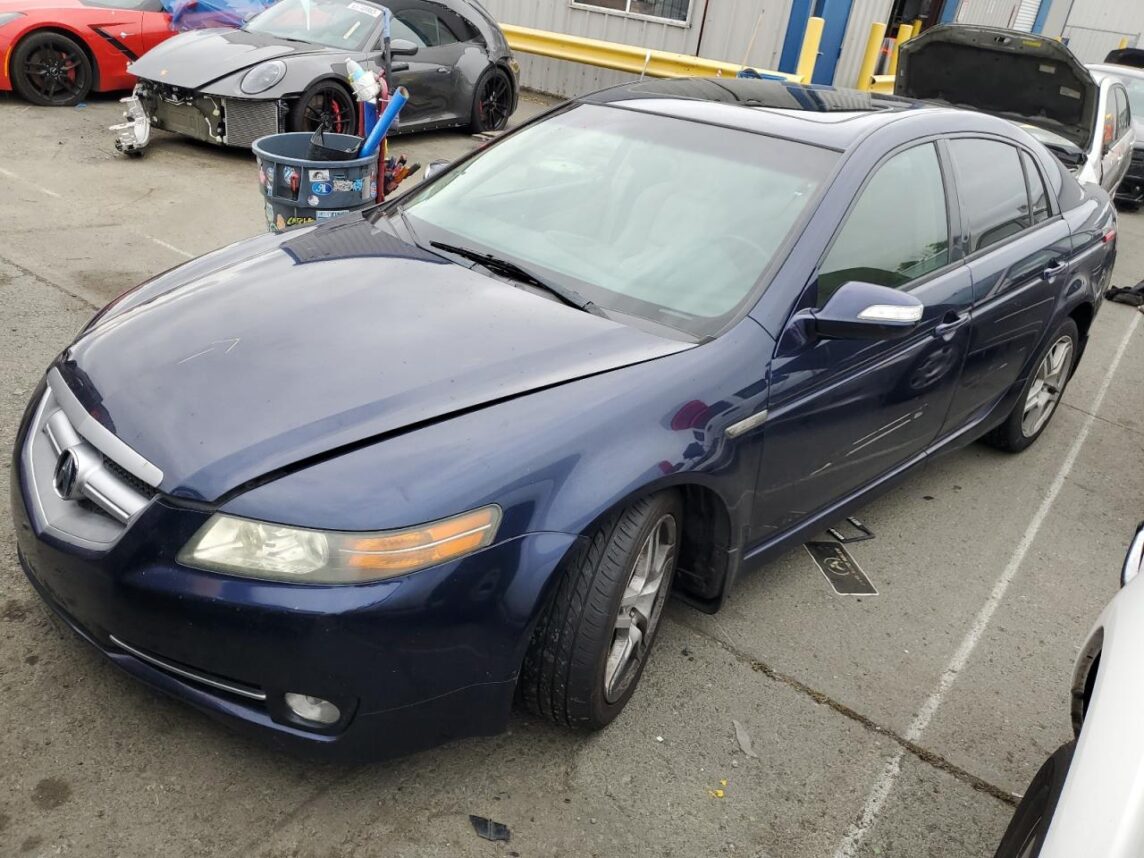Are you considering shipping from the bustling metropolis of Dubai to one of the vibrant CIS countries, such as Armenia, Azerbaijan, Belarus, Georgia, Kazakhstan, Kyrgyzstan, Moldova, Russia, Tajikistan, Turkmenistan, Ukraine, or Uzbekistan? With over 20 years of experience in the shipping industry, Reef Shipping is your trusted partner for hassle-free car shipping.
A thorough knowledge of local logistics, customs regulations, and shipping methods is essential for shipping to CIS countries. Reef provides you with a detailed overview of the essential steps and considerations for successfully shipping goods to these countries.
Understanding the regional landscape
The CIS countries have diverse economic environments and regulatory frameworks, requiring tailored shipping strategies. Understanding each country’s specific requirements is crucial for compliance and smooth delivery.
Selecting the right shipping partner
Selecting a reliable shipping partner with experience in CIS logistics is essential. Major carriers like DHL, FedEx, and UPS offer extensive services in these regions and often partner with local carriers for last-mile delivery. Evaluating carriers based on their network, reliability, and customer service is crucial for successful shipments.
Reef Shipping Service, located in the UAE, is an expert in international shipping. With our extensive experience, strong global connections, deep customs expertise, and reliable practices, we are a trusted partner for successful international moves. We provide a variety of services to assist individuals and businesses in seamless relocations, ensuring reliability and efficiency in meeting all your international moving requirements.
Preparing Your Shipment
Use durable and protective packaging materials to safeguard your goods during transit. Ensure clear and accurate labeling in both English and the local language to avoid delivery issues.
Documentation:
- Commercial Invoice: Provide detailed descriptions, values, and the purpose of the shipment.
- Customs Declaration: Complete the required forms specific to the destination country.
- Certificates: Depending on the goods, you may need certificates of origin, phytosanitary certificates, or other relevant documents.
Duties and taxes
Navigating Customs Regulations: Each CIS country has unique customs regulations and import restrictions. To avoid delays and penalties, research and prepare thoroughly. Understand duties and taxes, familiarize yourself with prohibited items, and consider hiring a customs broker for complex shipments.
Calculating Shipping Costs: Use online tools from carriers to estimate shipping costs, including potential customs duties and taxes. This helps provide accurate cost estimates to your customers and avoid unexpected expenses.
Tracking and Insurance: Use tracking services to monitor your shipment’s progress and provide real-time updates to your customers. Insure high-value shipments to protect against potential loss or damage during transit.
Ensuring Smooth Delivery: Collaborate with local delivery services for efficient last-mile delivery. Keep the recipient informed about the expected delivery date and any actions they need to take, such as paying customs duties.
Addressing Delivery Issues: Despite planning, issues like delays, damages, or customs hold-ups can occur. Establish a protocol to address these problems promptly to maintain customer satisfaction.
Delivery Time
Standard Shipping:
- Delivery Time: Typically 7–14 business days.
- Factors: The delivery time can vary based on customs clearance, the efficiency of local postal services, and the exact destination within the CIS country.
Express Shipping:
- Delivery Time: Usually 3–7 business days.
- Factors: Express shipping is faster but more expensive. It is ideal for urgent shipments.
Shipping Costs
- Factors: Costs depend on the weight and dimensions of the package, the shipping method chosen (standard or express), and the specific carrier.
- Estimates: Costs can range from $30 to $150 for smaller packages. Heavier or bulkier shipments will cost more.
Shipping to CIS countries involves dealing with rules, logistics, and local differences. To succeed, businesses should understand each destination’s specific needs, pick dependable shipping partners, and prepare well. Keeping up with regulation changes and communicating clearly with everyone involved are crucial for a smooth shipping process. By planning carefully and acting on those plans, businesses can seize opportunities in the CIS region and grow globally.

















